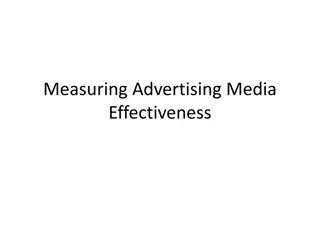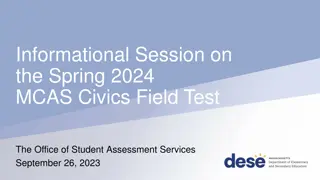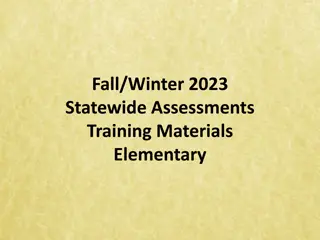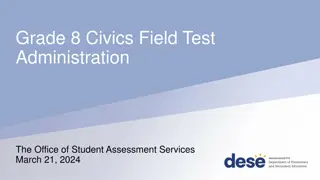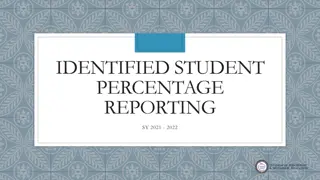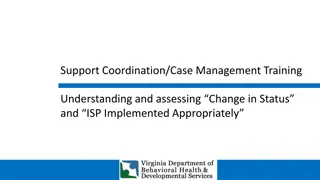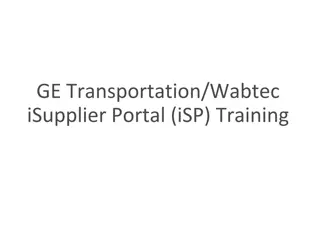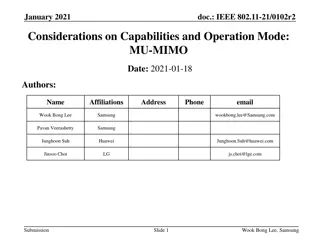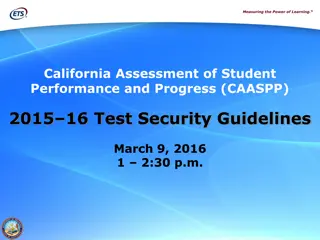
MPEG-2 Compression: An In-Depth Look
Learn about MPEG-2 compression, a standard for coding moving pictures and audio, including its parts, applications, and advancements in digital media. Explore how MPEG-2 is utilized in Digital Video Broadcast and DVDs, its extensions for DSM-CC and AAC, as well as its impact on audio encoding and video transmission systems.
Download Presentation

Please find below an Image/Link to download the presentation.
The content on the website is provided AS IS for your information and personal use only. It may not be sold, licensed, or shared on other websites without obtaining consent from the author. If you encounter any issues during the download, it is possible that the publisher has removed the file from their server.
You are allowed to download the files provided on this website for personal or commercial use, subject to the condition that they are used lawfully. All files are the property of their respective owners.
The content on the website is provided AS IS for your information and personal use only. It may not be sold, licensed, or shared on other websites without obtaining consent from the author.
E N D
Presentation Transcript
? Intelligent Signal Processing Test Angelo Ciaramella
Question 21 Lossy compression for digital images Question In the MPEG 2 AAC samplig frequency is from 8 to 96 Hz for each channel from 8 to 96 KHz for each channel from 8 to 96 MHz for each channel ISP Verification tests
MPEG-2 MPEG-2 generic coding of moving pictures and associated audio information combination of lossy video compression and lossy audio data compression methods storage and transmission of movies using currently available storage media and transmission bandwidth ISP Verification tests MPEG-2 is used in Digital Video Broadcast and DVDs. The MPEG transport stream, TS, and MPEG program stream, PS, are container formats
MPEG-2 The standard consists of 9 Parts ISO/IEC 13818-1 (2000) Systems ISO/IEC 13818-2 (2000) Video ISO/IEC 13818-3 (1998) Audio ISP Verification tests ISO/IEC 13818-4 (1998) Conformance Testing ISO/IEC 13818-1 (1997) Software simulation
MPEG-2 The standard consists of 9 Parts ISO/IEC 13818-6 (1998) Extensions for DSM-CC ISO/IEC 13818-7 (1997) Advanced Audio Coding (AAC ISO/IEC 13818-8 (1996) Extension for real time interface for systems decoders ISP Verification tests ISO/IEC 13818-9 (1999) Conformance extensions for Digital Storage Media Command and Control (DSM-CC)
MPEG-2 - System ISP Verification tests ISO/IEC 13818 - System
MPEG-2 - Video Video encoding similar to the previous MPEG-1 standard provides support for interlaced video, the format used by analog broadcast TV systems MPEG-2 Video and Systems are also used in some HDTV transmission systems ISP Verification tests
MPEG-2 - Audio Audio encoding MPEG-2 introduces new audio encoding methods compared to MPEG-1 MPEG-2 Part 3 enhances MPEG-1's audio by allowing the coding of audio programs with more than two channels, up to 5.1 multichannel MPEG-2 Part 7 specifies a rather different, non-backwards-compatible audio format is referred to as MPEG-2 AAC (Advanced Audio Coding) AAC is more efficient ISP Verification tests
MPEG 2 - AAC Adanced Audio Coding (AAC) improvement for multichannel encoding 48 channels samplig frequency from 8 to 96 KHz for each channel ISP Verification tests
MPEG 2 - AAC ISP Verification tests AAC encoding scheme
MPEG 2 - AAC Main concept prediction Prediction Temporal Noise Shaping (TNS) ISP Verification tests
MPEG-2 - Audio ISP Verification tests Multichannel Audio information
References Material Slides Video Lessons Books Fundamentals of Multimedia, Z.-N. Li, M. S. Drew, J. Liu, Springer, 2021 ISP Verification tests

